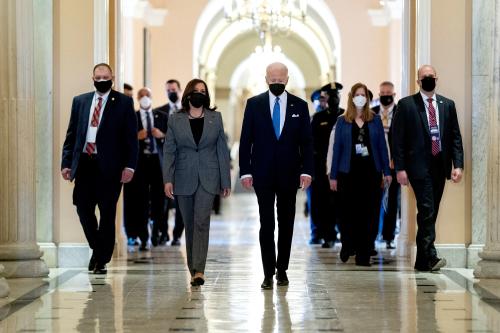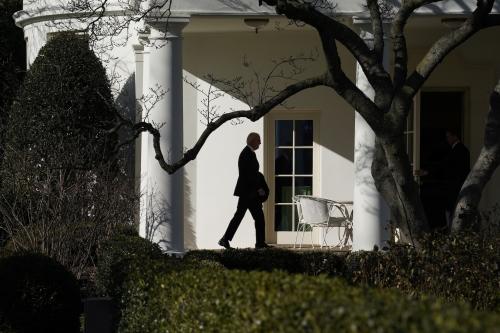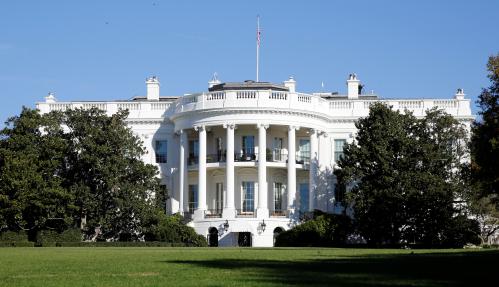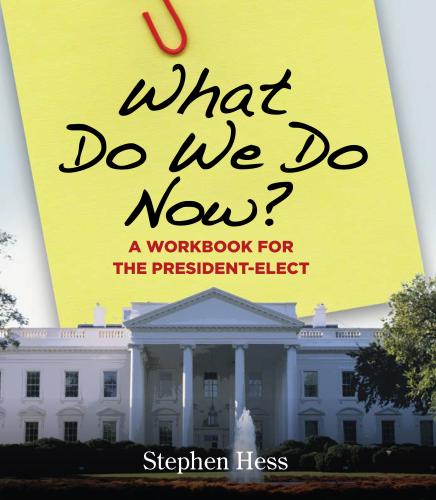When President Trump appoints a replacement to Chief of Staff John Kelly, whose resignation (or firing) he announced on December 8th, he will once again have set a record. This time it is the record for most chiefs of staff within the first 24 months of an administration. Since President Trump’s inauguration, the most influential staff position within the presidency has been characterized by instability, public criticism, and huge fluctuations in influence.
The position of chief of staff, created by President Truman, but at the time vaguely referred to as “the assistant to the president,” was first occupied by John R. Steelman, who stayed a record-setting six years on the job. Since its inception, no president has had three different chiefs of staff over the course of 24 months in office. Among those with some turnover during the second year were President Ford, who was already serving a truncated term due to Nixon’s resignation. In this case, Donald Rumsfeld served 14 months on the job before being promoted to his first stint as Secretary of Defense. He turned the reins over to a young deputy chief of staff, Richard Cheney. After a rocky first year, President Clinton replaced his chief of staff, Mack McLarty, with the OMB Director, Leon Panetta. (McLarty served 16 months on the job.) Most recently, President Obama replaced Rahm Emmanuel (who decided to run for Chicago mayor) after 21 months on the job (Pete Rouse initially served as “acting” chief of staff before Bill Daley took over). In stark contrast, Reince Priebus lasted a little over six months, and assuming John Kelly leaves at the end of December as Trump announced, his tenure will have lasted a tumultuous 17 months. This rocky period was punctuated by threats to leave and claims that the president and others were set to fire him. Such conditions no doubt tested the grit of the retired Marine Corps general.
Aside from those three cases, the remaining seven presidents who named individuals to that post did not have any turnover within the first two years of their administrations. (Presidents Kennedy and Johnson did not have that position within their White House staff structure.) Interestingly, the position during both Bush White Houses was characterized by remarkable stability throughout the first term, posing a sharp contrast to the chief of staff turnover in the Trump White House, where high staff turnover generally has been an historic anomaly.
Though a permanent successor to Kelly has not yet been named, the appointment of a third chief of staff will by no means ensure future stability. In fact, the months ahead will likely complicate an already difficult job. In addition to the vast array of responsibilities and the constant need to temper the president’s instincts, the new chief of staff and the rest of the White House will also be contending with the growing pressure of the Special Counsel’s investigation, the Democrats’ majority in the House of Representatives (likely resulting in multiple investigations and subpoenas), and a preoccupation with the reelection campaign—a condition that permeates the modern presidency. The intensive efforts the reelection campaign will require will have a profound impact on day-to-day operations and add an additional realm of responsibility and oversight. The new chief of staff will become the linchpin between the White House and the reelection campaign—necessitating management, critical decision making, and perhaps an added level of stress as the president tries to navigate this new terrain.









Commentary
In search of a third chief of staff, Trump sets a record
December 10, 2018